Shoshin: Cultivating a beginner’s mind in photography
Shoshin: Japanese term that translates to “beginner’s mind.” It embodies the idea of approaching life with openness, curiosity, and humility, free from preconceptions and biases, fostering continuous learning and growth regardless of one’s level of expertise or experience.
In the world of photography, where technical mastery and creative vision prevail, the concept of Shoshin, or the beginner’s mind, offers a profound approach to artistic growth and expression. Photographers, whether seasoned professionals or enthusiastic amateurs, can benefit immensely from embracing Shoshin as they navigate the complexities of capturing moments, emotions, and narratives through their lenses.



RIGHT: Olympus Pen-F . Olympus M.Zuiko 17mmF1.8 . F/2.0 . 1/125″ . ISO 500

Shoshin encourages photographers to approach their craft with a sense of curiosity, openness, and humility, regardless of their level of expertise. Instead of being bound by rules and conventions, it invites them to view each photographic opportunity as a new and uncharted territory, ripe for exploration and discovery.
At its essence, Shoshin in photography involves letting go of preconceived notions and expectations and, instead, immersing oneself fully in the present moment. It means seeing the world through fresh eyes, unencumbered by past successes or failures, and being receptive to the infinite possibilities that each scene presents.
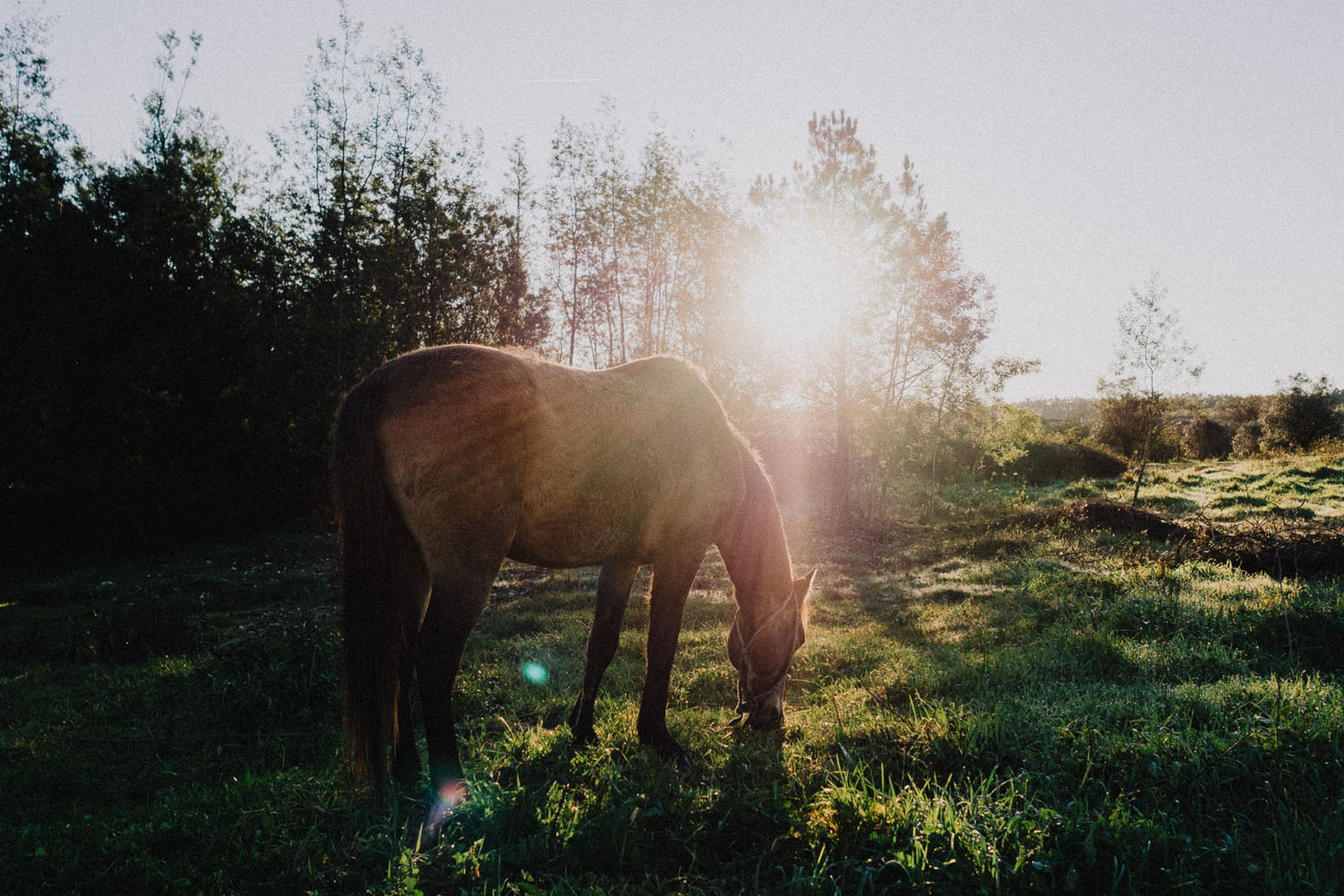
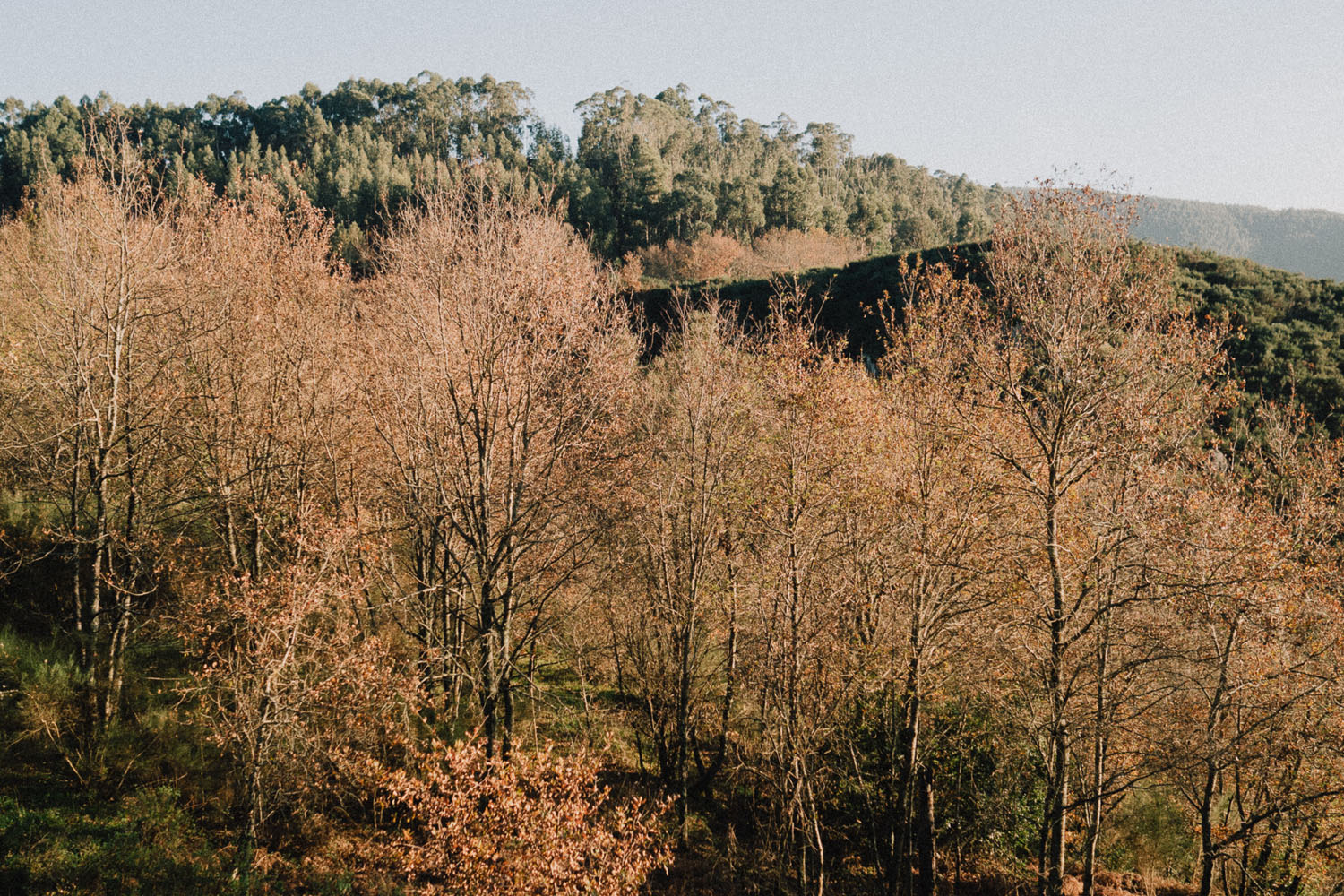

RIGHT: Olympus Pen-F . Olympus M.Zuiko 17mmF1.8 . F/3.2 . 1/125″ . ISO 250

One of Shoshin’s most profound implications for photographers is its emphasis on continuous learning and growth. No matter how skilled or experienced a photographer may be, there is always room for improvement and new insights. By adopting a beginner’s mindset, photographers remain open to experimentation, feedback, and self-reflection, all of which are essential ingredients for artistic development.
Moreover, Shoshin encourages photographers to embrace the process of photography rather than being solely focused on the end result. It invites them to find joy and fulfillment in the act of creating images, rather than fixating on achieving perfection or validation from others. This shift in perspective liberates photographers from the pressure to conform to external standards and allows them to express themselves authentically through their work.



RIGHT: Olympus E-M1 . Olympus M.Zuiko 45mmF1.8 . F/1.8 . 1/160″ . ISO 200


RIGHT: Olympus E-M1 . Olympus M.Zuiko 45mmF1.8 . F/4.0 . 1/5000″ . ISO 200

In practical terms, applying Shoshin to photography involves several key principles:
- Approach Each Scene with Fresh Eyes: Instead of relying on familiar techniques or compositions, photographers can challenge themselves to see familiar subjects in new and unexpected ways. By cultivating a sense of wonder and curiosity, they can uncover hidden beauty in the most mundane of scenes.
- Embrace Failure as a Learning Opportunity: In photography, as in life, failure is inevitable. Whether it’s a missed shot, a technical mishap, or a creative misstep, photographers can learn valuable lessons from their mistakes. By reframing failure as an essential part of the learning process, they can grow stronger and more resilient in their craft.
- Seek Inspiration Everywhere: Shoshin encourages photographers to draw inspiration from a wide range of sources, beyond the confines of the photographic world. Whether it’s nature, literature, music, or everyday life, there is beauty and creativity to be found everywhere. By remaining open to diverse influences, photographers can enrich their work and infuse it with fresh perspectives.
- Remain Humble and Open to Feedback: No matter how skilled a photographer may be, there is always something to be learned from others. By seeking out feedback from peers, mentors, and even critics, photographers can gain valuable insights into their strengths and areas for improvement. This humility fosters a culture of continuous growth and evolution.
- Stay Present and Mindful: In the age of digital photography, it’s easy to get caught up in the technical aspects of shooting, editing, and sharing images. However, Shoshin reminds photographers to stay grounded in the present moment and to approach each aspect of the photographic process with mindfulness and intentionality. By cultivating a deep connection to their subjects and surroundings, photographers can create images that resonate on a deeper emotional level.



RIGHT: Olympus E-M1 . Olympus M.Zuiko 45mmF1.8 . F/18 . 1/4″ . ISO 200

In conclusion, the Shoshin mindset offers photographers a powerful framework for artistic growth and self-discovery. By embracing a beginner’s mind, they can unlock new levels of creativity, expression, and fulfilment in their work. Whether capturing the beauty of nature, the intimacy of human relationships, or the chaos of everyday life, photographers who approach their craft with Shoshin bring a sense of freshness, authenticity, and wonder to their images. As they continue on their photographic journey, they are reminded that true mastery lies not in perfection, but in the willingness to remain perpetually open, curious, and humble.
“True mastery lies not in perfection, but in the willingness to remain perpetually open, curious, and humble”
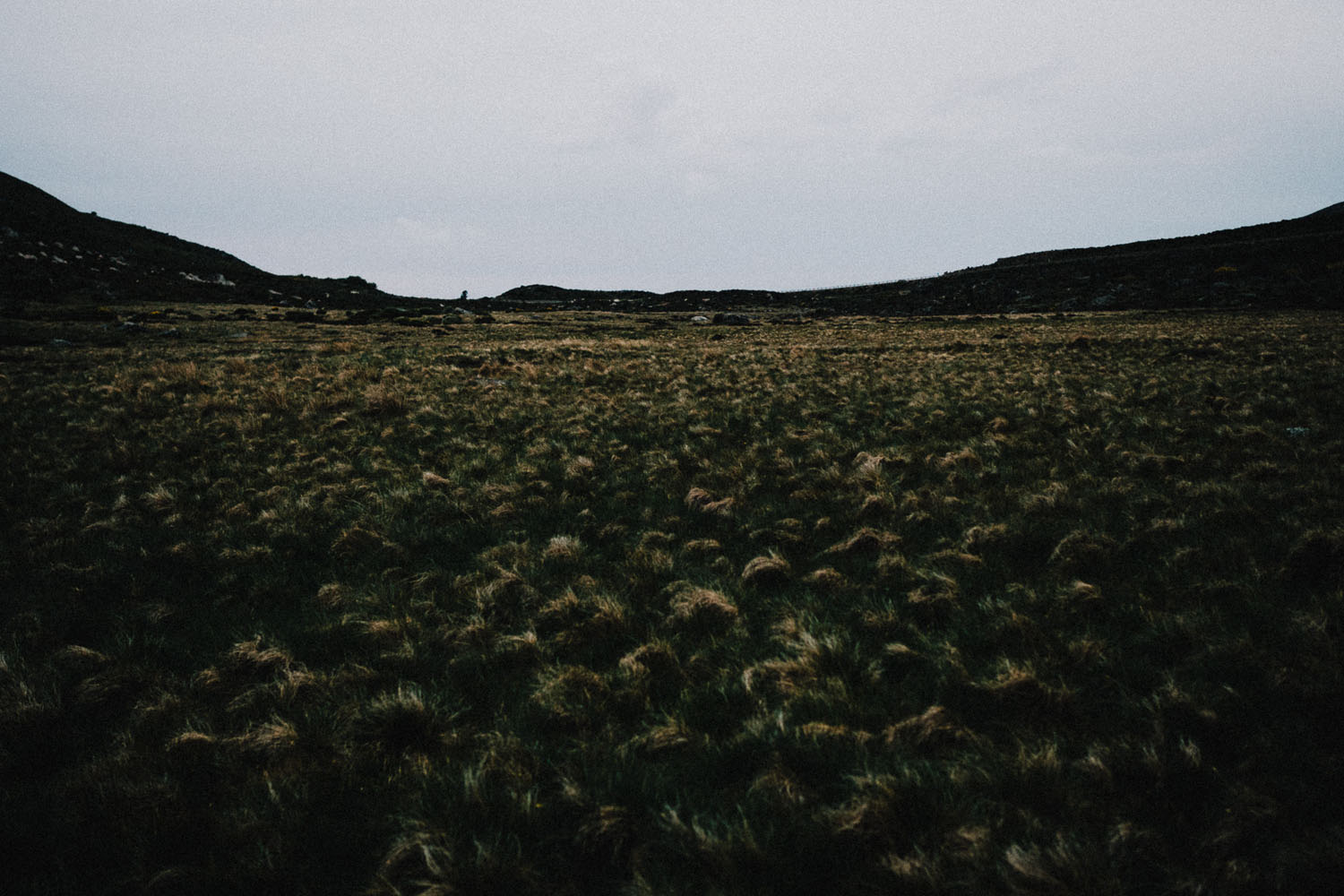

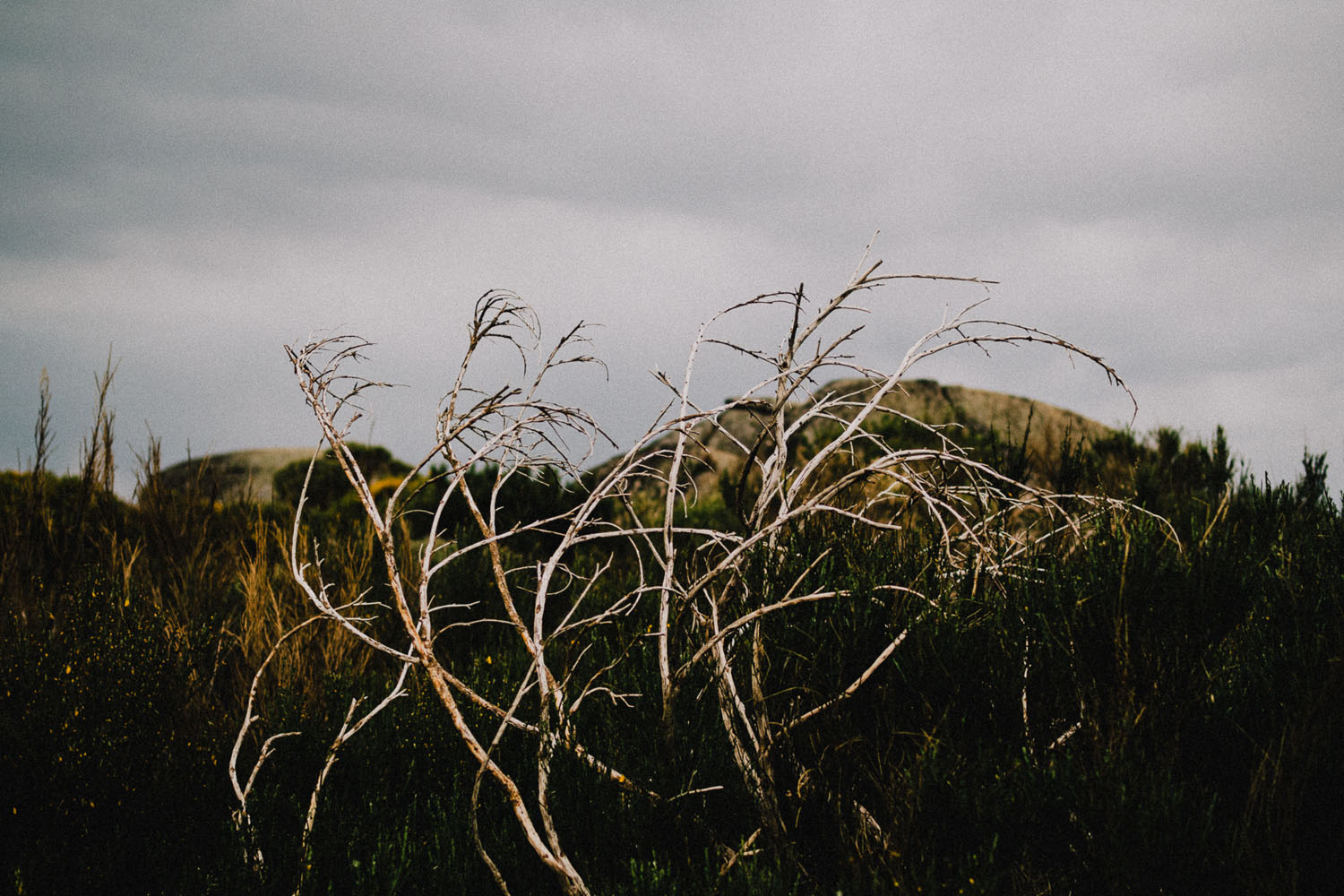
RIGHT: Olympus Pen-F . Olympus M.Zuiko 25mmF1.8 . F/2.0 . 1/500″ . ISO 200


RIGHT: Olympus Pen-F . Olympus M.Zuiko 25mmF1.8 . F/2.0 . 1/5″ . ISO 320
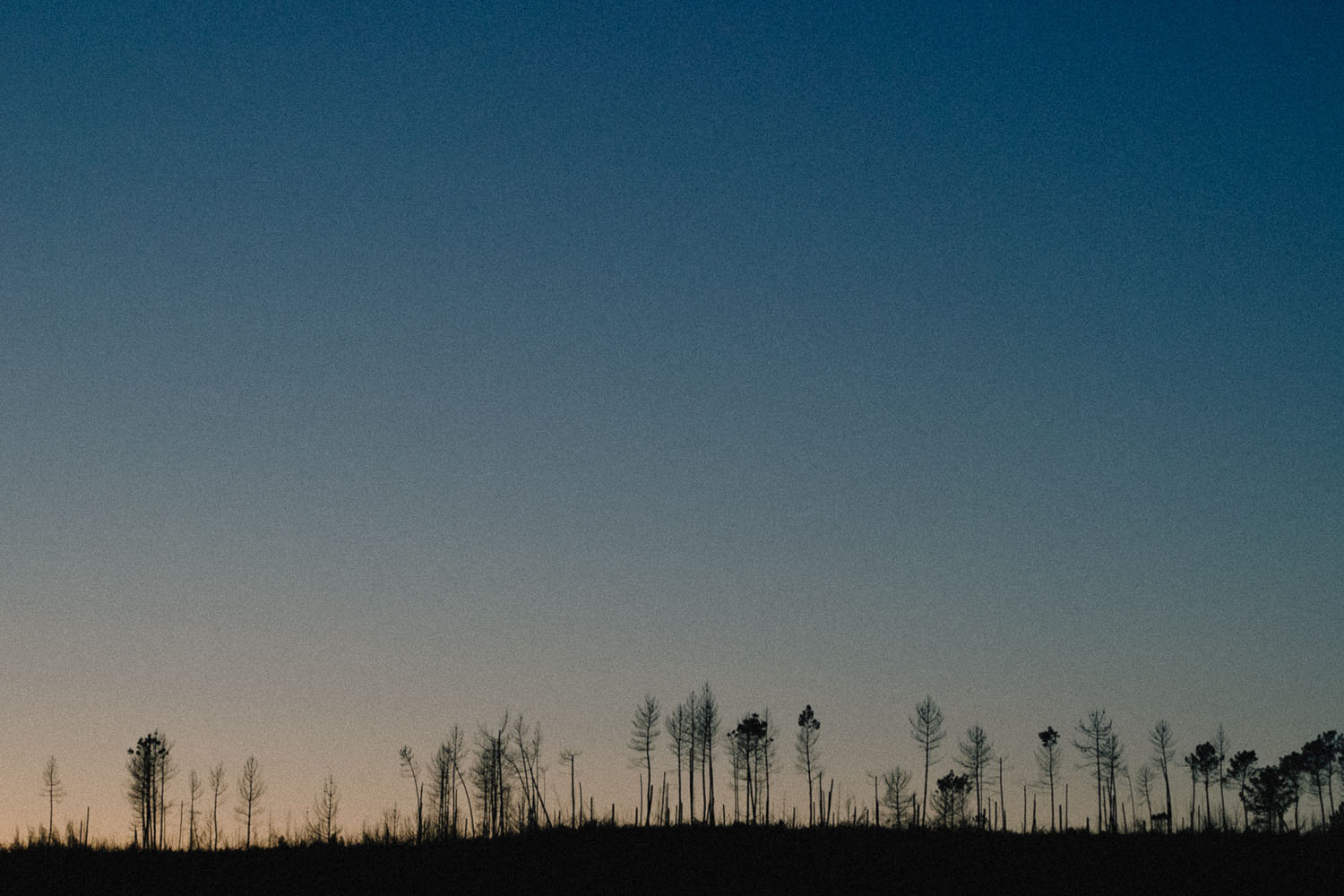


RIGHT: Olympus E-M1 . Olympus M.Zuiko 25mmF1.8 . F/2.8 . 1/80″ . ISO 400


RIGHT: Olympus Pen-F . Olympus M.Zuiko 25mmF1.8 . F/6.3 . 1/200″ . ISO 200



RIGHT: Olympus E-M5 MK II . Olympus M.Zuiko 14-42mmF3.5-5.6 @25mm . F/5.6 . 1/100″ . ISO 200



RIGHT: Olympus E-M5 MK II . Olympus M.Zuiko 45mmF1.8 . F/3.5 . 1/400″ . ISO 200


RIGHT: Olympus E-M5 MK II . Olympus M.Zuiko 14-42mmF3.5-5.6 @25mm . F/5.0 . 1/800″ . ISO 200



Co-founder of the Olympus Passion Project.
Travel and documentary photographer from Portugal, using mirrorless cameras since 2012.




